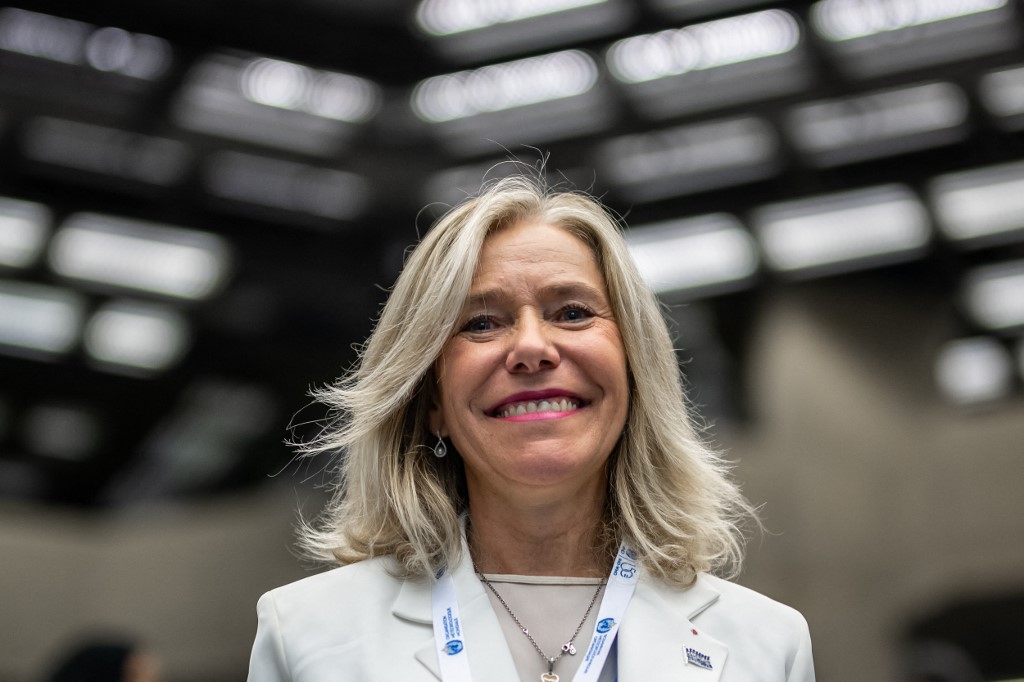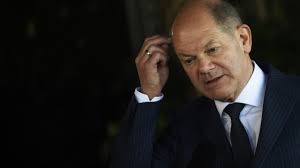
Argentina’s Celeste Saulo
GENEVA, June 3 (NNN-AGENCIES) — The World Meteorological Organisation voted for Argentina’s Celeste Saulo to become its first woman leader and steer the WMO’s critical global role in tracking climate change.
Saulo, a WMO vice-president who has headed Argentina’s weather service since 2014, won a landslide vote at the UN climate and weather agency’s congress in Geneva.
The WMO’s role in climate change has become increasingly prominent and Saulo, 59, will likely become a well-known advocate on this pressing world issue.
“In these times when inequality and climate change are the greatest global threats, the WMO must contribute to strengthening the meteorological and hydrological services to protect populations and their economies, providing timely and effective services and early warning systems,” Saulo said following her election.
“My ambition is to lead the WMO towards a scenario in which the voice of all members is heard equally, prioritizing those most vulnerable and in which the actions it undertakes are aligned with the needs and particularities of each one of them.”
She will take over from the outgoing secretary-general Petteri Taalas on Jan 1. The Finnish meteorologist is coming to the end of his maximum second four-year term.
The WMO brings together international efforts in monitoring greenhouse gases, sea levels, temperatures, glacier melting, and other climate change indicators.
It relies on satellites and thousands of weather stations to measure key parameters of the atmosphere, land, and ocean.
The leadership election was held on the penultimate day of the World Meteorological Congress, the general assembly of WMO’s 193 member states and territories, which takes place every four years.
The congress, which opened on May 22, voted to ensure that everyone on the planet is covered by early warning systems for hazardous weather events by the end of 2027.
It put the cryosphere — the frozen world — high on the agenda, given the increasing impacts of melting sea ice, glaciers, and permafrost on sea level rise.
It also approved a new initiative aimed at boosting global greenhouse gas monitoring through an integrated system of space- and surface-based observations.
“The main goal is to work for the member countries and territories and bring their voice, the voice of the less developed world, the small island states, the developing world, working all together to achieve our priorities,” Saulo said.
“Early warning for all is a key initiative, we will work on that and we will achieve that. I’m optimistic. This result shows that people are optimistic and we can change for the better,” she said.
Three other senior figures from within the WMO put themselves forward for the leadership.
They were the WMO’s current number two, Russian-Swiss deputy secretary-general Elena Manaenkova; the number three, Chinese assistant secretary-general Zhang Wenjian; and second vice-president Albert Martis of Curacao.
Saulo, the director of the Argentinian National Meteorological Service, won the required two-thirds majority on the first ballot with 108 votes. Her closest competitor, Zhang, received 37, a diplomatic source said. — NNN-AGENCIES





